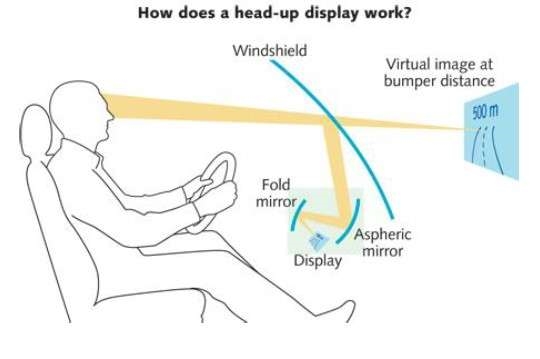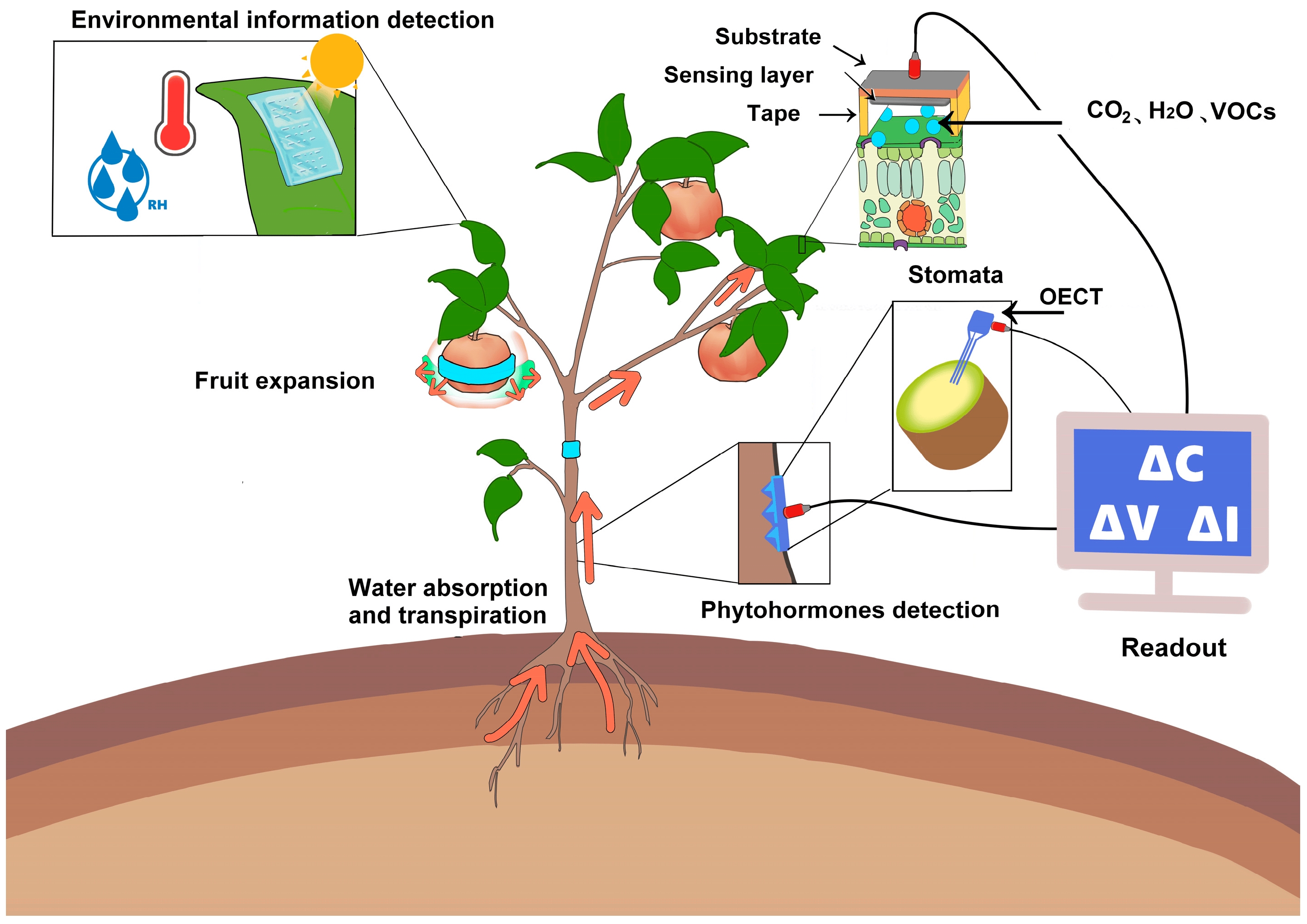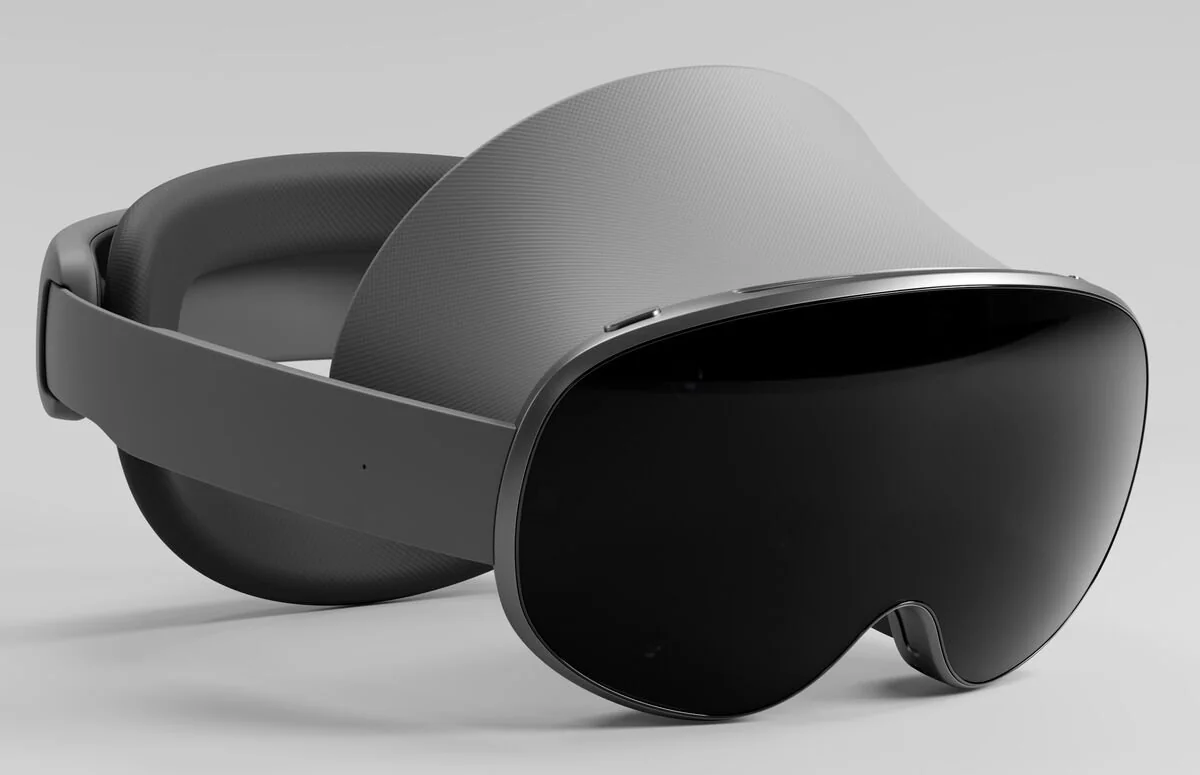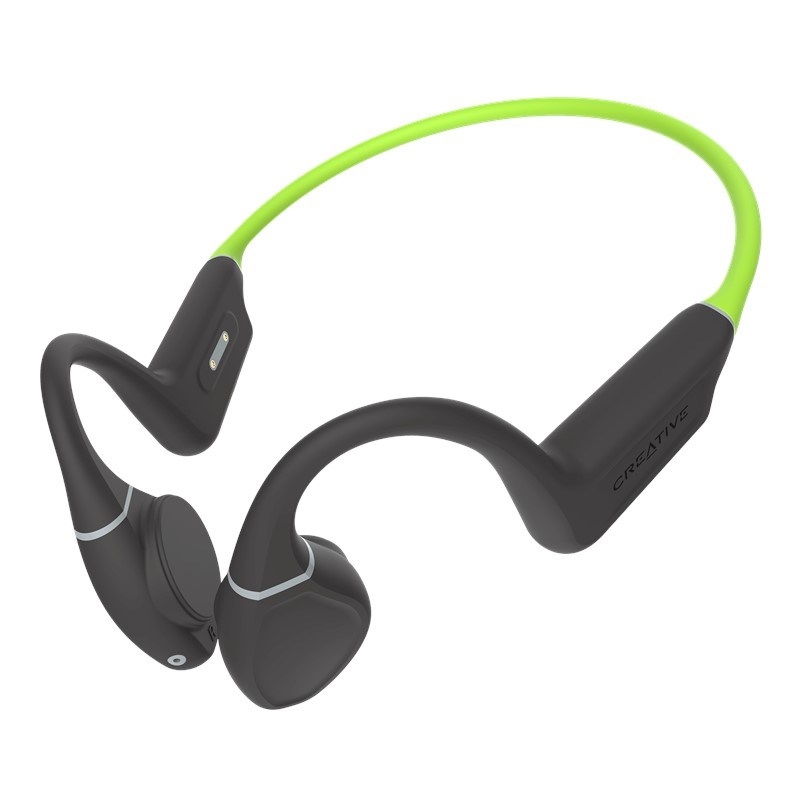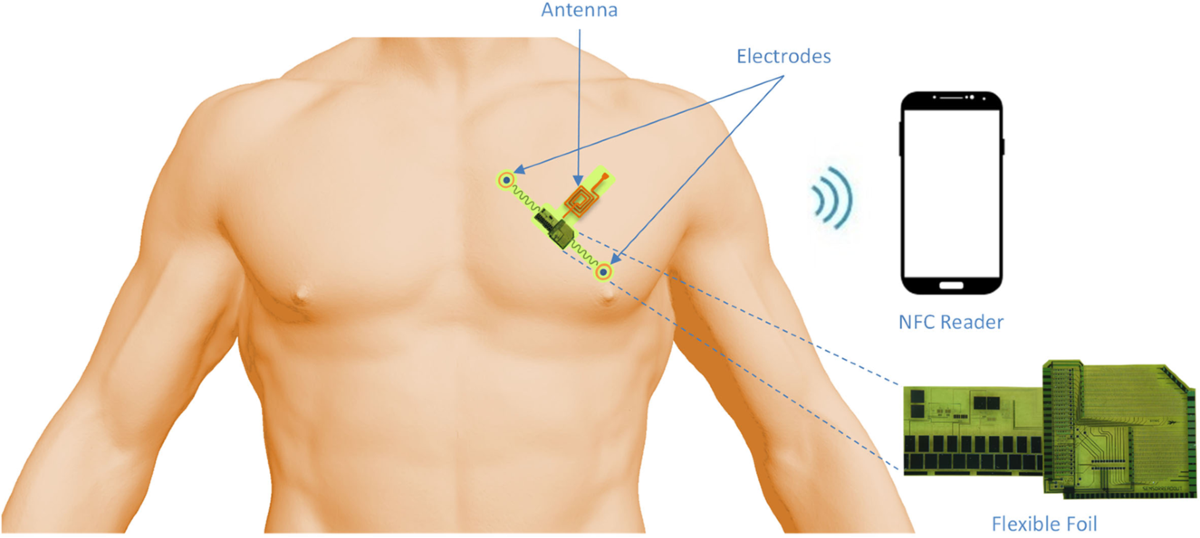Checking a car's dashboard for speed or fuel consumption takes 1-3 seconds, during which a vehicle traveling at 65 km/h covers about 54 meters. This brief distraction can lead to accidents, as driver inattention is a common cause of collisions.
Origins of Automotive HUD Technology
Head-Up Display (HUD) technology, initially developed for military aircraft, reduces the need for pilots to look down at instruments. By projecting critical flight data onto a pilot's helmet, HUD enables simultaneous monitoring of flight metrics and external conditions. Since the 1980s, this technology has been adapted for automotive use, gaining prominence with the rise of augmented reality concepts. In vehicles, HUD projects information onto the windshield, allowing drivers to view data without diverting their gaze from the road, eliminating the need for focal adjustments.
Originally focused on safety, automotive HUDs displayed basic metrics like speed and fuel levels. Over time, functionality expanded to include navigation, messaging, calls, and interactive features, transforming cars into smart mobile terminals.
Working Principle of HUD Technology
HUD operates like a slide projector. A projector emits light containing information, which reflects off a mirror onto a projection lens and then onto the windshield. The driver perceives a virtual image 2-2.5 meters ahead, appearing to float above the road. The projection lens's angle can be adjusted to position the image appropriately.
Curved windshields can distort images, so the projection and reflection mirrors are designed with curvature to correct this. Using optical reflection, HUD displays alerts for overspeeding, vehicle status, fuel consumption, speed, and collision prevention, keeping the driver's focus on the road. The image aligns with the driver's line of sight, typically projected 1-2 meters ahead, blending seamlessly with the road.
Modern HUDs offer advanced features like precise navigation, road condition alerts, voice-activated messaging, calling, and music selection, reducing the need to glance at a phone and enhancing safety.
Information Displayed by HUD
- Current speed: Essential for adhering to speed limits, especially in areas with speed cameras.
- Navigation: Highly effective in complex urban environments with heavy traffic.
- Fault indicators: Red warning lights signal critical vehicle issues requiring immediate attention.
- Driver assistance: Includes speed limits, lane-keeping, and cruise control data, reducing the need to check the dashboard.
Advantages of HUD Technology
- Higher display position: HUD information requires only a 5-10¡ã downward glance, compared to 20-25¡ã for traditional dashboards.
- Reduced eye strain: Unlike dashboards, which involve shifting focus between bright roads and dim interiors, HUD maintains consistent brightness and focus distance, minimizing pupil adjustments and refocusing delays.
These factors reduce the time and effort needed to check vehicle data, allowing drivers to maintain focus on the road and improving safety.
Implementation Methods
- Windshield as display: Factory-installed systems use the windshield directly for projections, integrating vehicle parameters and navigation.
- Additional display screen: Aftermarket solutions use a separate screen for projections.
- Windshield reflection: Aftermarket devices, often phone-based apps, project data via windshield reflection. These have limitations, including poor clarity in bright light, limited data due to lack of vehicle integration, weak 3D effects, and reduced phone durability from heat and power demands.
Key Technical Considerations
- Imaging distance and brightness: Effective HUDs project images onto the road to avoid focal shifts. Brightness must balance clarity and comfort across varying light conditions.
- Field of view: A wider field enhances usability but requires high brightness for visibility.
- Imaging technology: Early HUDs used LEDs, which are cost-effective but limited in flexibility. Micro-laser projection, now in its third generation, offers superior distance and brightness. Technologies include CRT (poor environmental adaptability), DLP (prone to color issues under vibration), and LCOS (compact, high-resolution, and promising for HUD advancements).
Critical Components
The projection unit integrates a projector, mirrors, lens, motor, and control unit, pulling data like speed and navigation from the vehicle's bus. The windshield, often with a wedge-shaped PVB film to prevent double images, is crucial. Budget vehicles may use a separate reflection glass, while luxury models incorporate specialized HUD windshields.
Future Trends
- 3D HUD: Emerging systems offer 3D visuals without glasses, enhancing data richness and augmented reality, such as displaying parking options or road obstacles.
- OBD integration: HUDs increasingly leverage On-Board Diagnostics for data like fuel consumption and tire pressure, with potential for cloud-based analytics, navigation, and diagnostics.
- Advanced driver assistance: HUDs will integrate with autonomous driving systems, displaying real-time sensor data from radar, cameras, and LiDAR.
- Dashboard replacement: Future vehicles may replace traditional dashboards with HUDs for a streamlined interface.
Challenges
- High costs: HUD systems require bright backlights, adjustable optics, and durable components, increasing expenses.
- Poor interaction: Lack of standardized software and hardware leads to inconsistent data sources and limited functionality.
- Immature industry: Without clear standards, HUD development faces high barriers, particularly in optics and image processing.
- Low market penetration: HUDs are often optional or absent in mainstream vehicles, limiting consumer familiarity and adoption.
Conclusion
As vehicles become smarter and more connected, HUD technology is poised for growth. Advances in field of view, augmented reality, contrast, and resolution will enhance user experience. Integration with driver assistance systems and potential replacement of traditional dashboards signal HUD's role as a key component in future automotive interfaces.
 ALLPCB
ALLPCB


